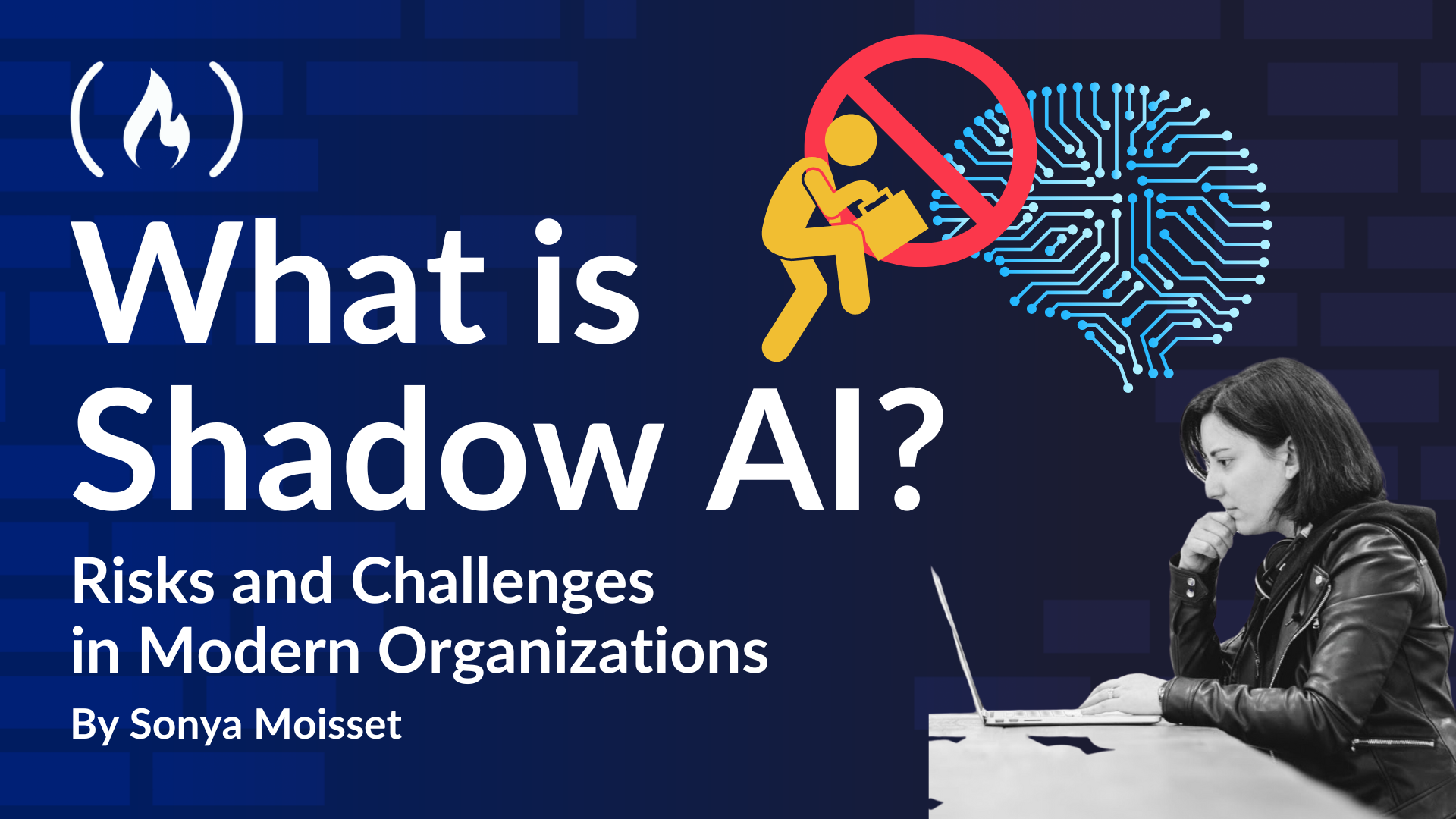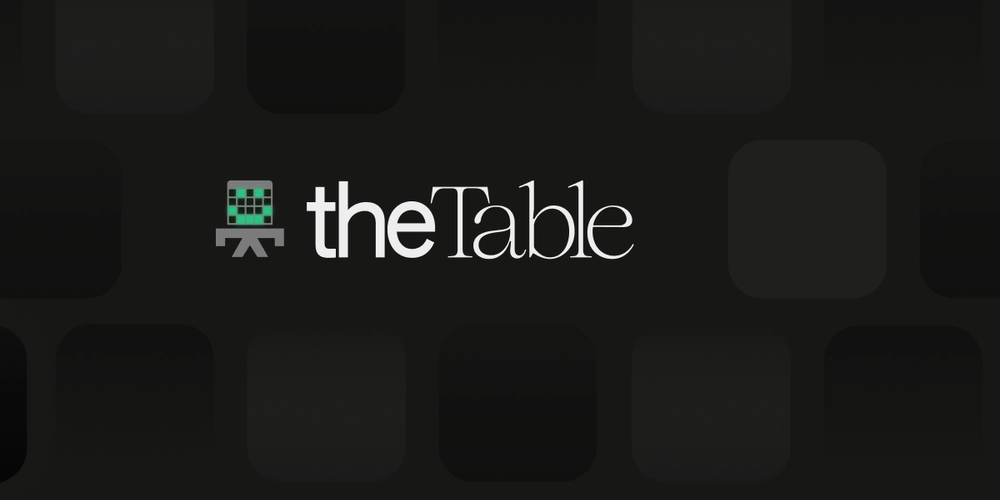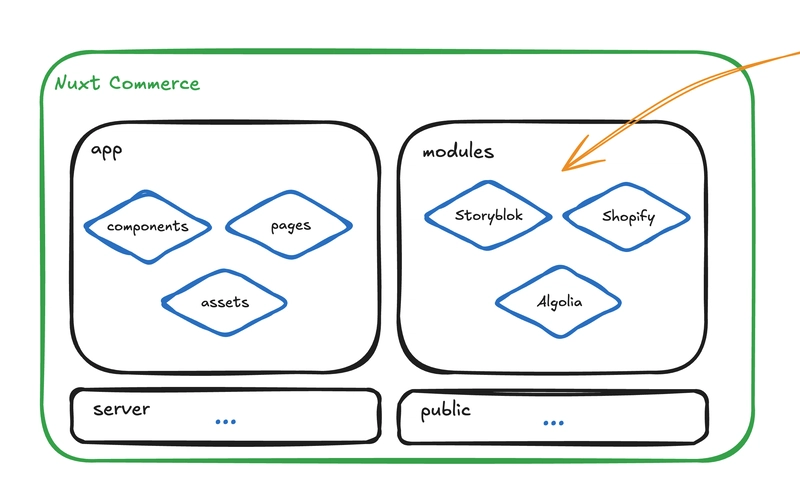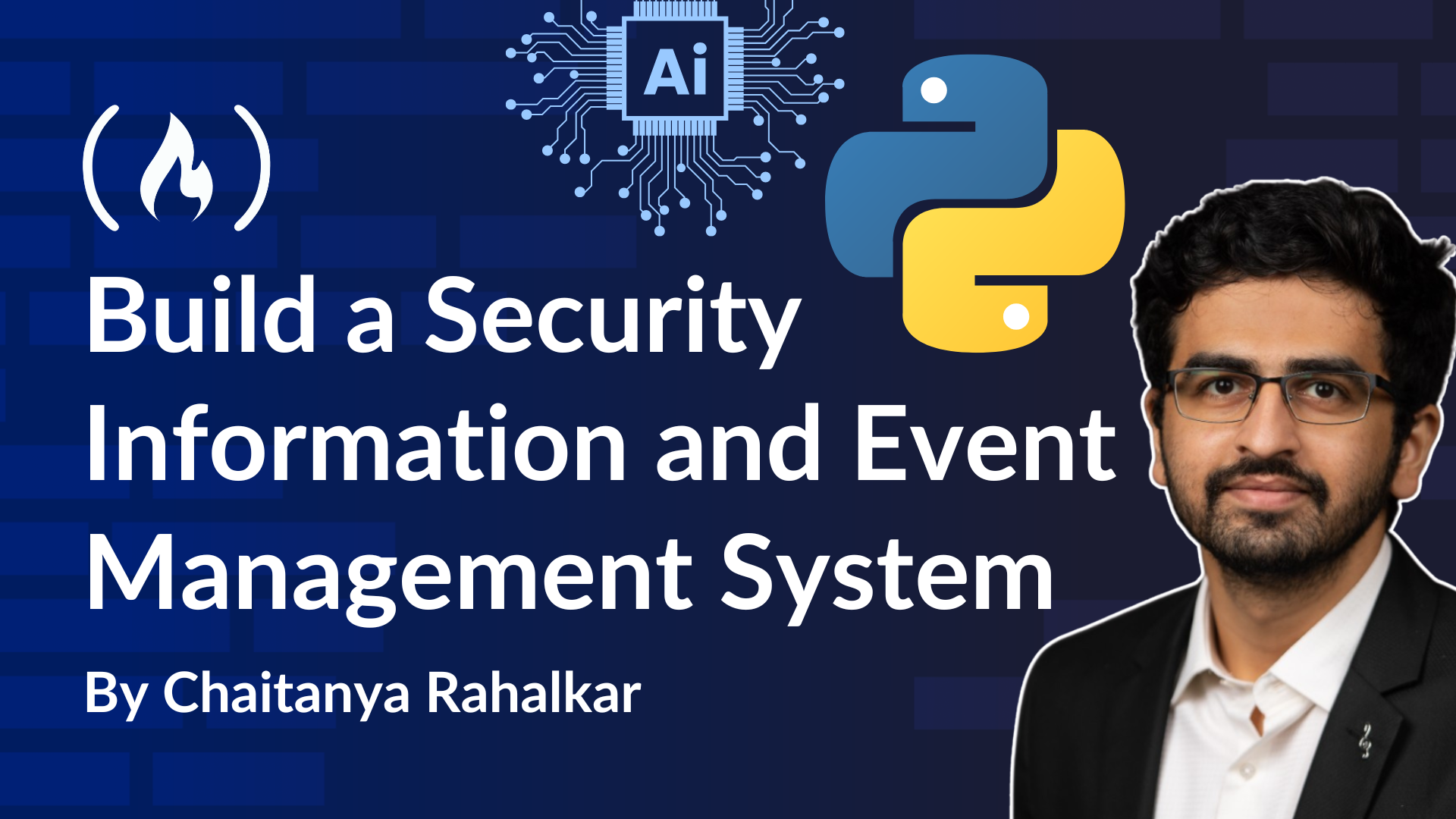What is Shadow AI? The Hidden Risks and Challenges in Modern Organizations
Imagine this: a marketing manager uses ChatGPT to draft a personalized email campaign. Meanwhile, a developer experiments with a machine learning model trained on customer data, and an HR team integrates an artificial intelligence (AI) tool to screen...

Imagine this: a marketing manager uses ChatGPT to draft a personalized email campaign. Meanwhile, a developer experiments with a machine learning model trained on customer data, and an HR team integrates an artificial intelligence (AI) tool to screen resumes. None of these actions go through the IT department for approval. What’s happening here? This is shadow AI in action.
Shadow IT—which is using unapproved software or tools at work—isn’t new. However, with the rapid adoption of AI, shadow IT has evolved into something more complex: shadow AI. Employees now have easy access to AI-powered tools like ChatGPT, AutoML platforms, and open source models, enabling them to innovate without waiting for approval. While this might sound like a win for productivity, it comes with serious risks.
Shadow AI is a growing concern for organizations embracing AI-driven solutions because it operates outside the boundaries of IT governance. Employees using these tools may unknowingly expose sensitive data, violate privacy regulations, or introduce biased AI models into critical workflows. This unmanaged AI usage isn’t just about breaking rules—it’s about the potential for ethical, legal, and operational fallout.









































































































































































![[The AI Show Episode 142]: ChatGPT’s New Image Generator, Studio Ghibli Craze and Backlash, Gemini 2.5, OpenAI Academy, 4o Updates, Vibe Marketing & xAI Acquires X](https://www.marketingaiinstitute.com/hubfs/ep%20142%20cover.png)































































































































![[DEALS] The Premium Learn to Code Certification Bundle (97% off) & Other Deals Up To 98% Off – Offers End Soon!](https://www.javacodegeeks.com/wp-content/uploads/2012/12/jcg-logo.jpg)

![From drop-out to software architect with Jason Lengstorf [Podcast #167]](https://cdn.hashnode.com/res/hashnode/image/upload/v1743796461357/f3d19cd7-e6f5-4d7c-8bfc-eb974bc8da68.png?#)








































































































.png?#)


































_Christophe_Coat_Alamy.jpg?#)



.webp?#)






































































































![Apple Considers Delaying Smart Home Hub Until 2026 [Gurman]](https://www.iclarified.com/images/news/96946/96946/96946-640.jpg)
![iPhone 17 Pro Won't Feature Two-Toned Back [Gurman]](https://www.iclarified.com/images/news/96944/96944/96944-640.jpg)
![Tariffs Threaten Apple's $999 iPhone Price Point in the U.S. [Gurman]](https://www.iclarified.com/images/news/96943/96943/96943-640.jpg)

































































































































